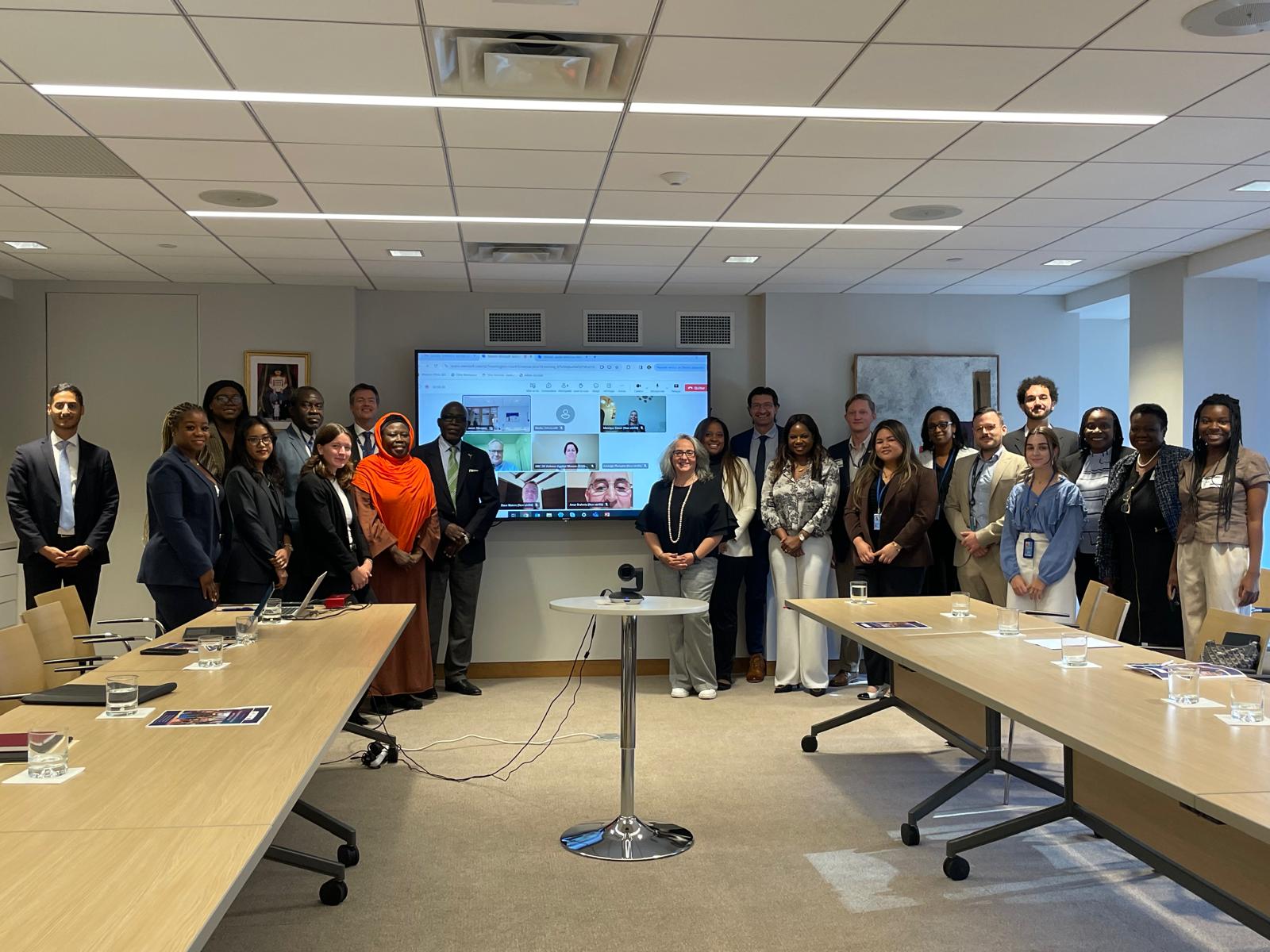October 25 – A Side Event at the Third Committee of the 79th Session of the United Nations General Assembly, titled Mobilizing Against Sport Trafficking and Practical Actions, heard that ‘human trafficking is in our (football’s) supply chain’.
The event, organised by Mission 89 and supported by the missions of Monaco and Qatar to the UN, heard that a quarter of identified victims of trafficking are children and that a case study found that 22-47% of trafficked people began with a care-giver.
On average a trafficker works for nine months, gaining the victim’s confidence, before they strike, while each trafficker is generally working on 14 potential victims at the same time.
Football has been a fertile ground for traffickers with minors in particular being trafficked on the false promise of professional careers. When the career opportunity doesn’t materialise, or if they get the opportunity but fail, they usuall end up in forced labour, frequently in sex rings.
This is the second time Mission 89 have led a session at the UN and the biggest takeaway from this event was a much more specific definition of what sport trafficking looks like, developed by Mission 89 with the Commonwealth Parliamentary Association UK and Loughborough University.
Lerina Bright, executive director of Mission 89, said: “Sport trafficking is no longer invisible. The clear definition of what sport trafficking looks gives new international guidelines. We must treat sport trafficking with the same urgency as human trafficking and through the report and the new guidelines, empower government bodies and sports organisations to take action.”
Key next steps were identified as the strengthening of international regulation and the closing of regulatory loopholes that encourage trafficking. High on this list is stricter oversight of agents working with sports academies.
The enforcement of rules on the movement of minors was highlighted alongside the need to improve data collection.
All this leads to the raising of awareness and the enhancement of law enforcement capacity.
Contact the writer of this story at moc.l1751752455labto1751752455ofdlr1751752455owedi1751752455sni@n1751752455osloh1751752455cin.l1751752455uap1751752455

